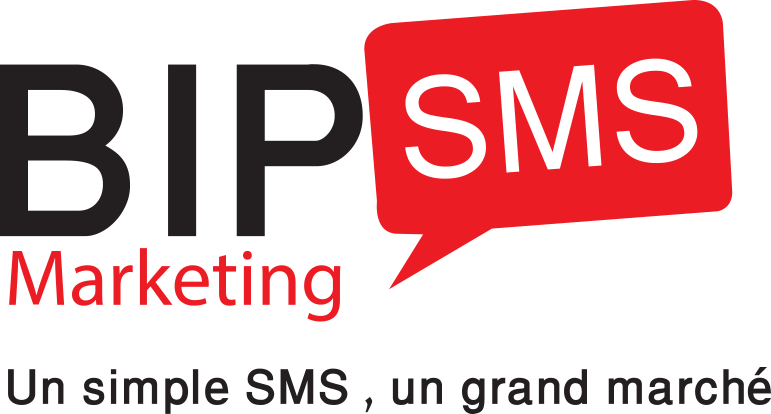17 Biggest Advantages and Disadvantages of a 401k
All employees who have compensation of at least $5,000 in any prior 2 years, and are reasonably expected to earn at least $5,000 in the current year. Many or all of the products featured here are from our partners who compensate us. This influences which products we write about and where and how the product appears on a page.
Before you take out a loan from your 401(k) and potentially jeopardize your retirement savings, it’s important to explore other options. These limits apply to both traditional 401(k) plans 401k disadvantages and Roth 401(k) plans, even if you split your contributions between the two. If you change employers part way through the year, your total 401(k) contributions cannot exceed this limit.
- If you were to leave the company and take a new job after two years, you would pass up owning half of the matching contributions pledged by your employer.
- If you contribute to a 401(k) retirement plan, then that activity can reduce or even eliminate the income tax deductions that get allotted for an IRA.
- If you have concerns about what your tax rate will be when you retire, then a Roth 401(k) retirement plan could be an option to consider.
- Consider these issues and take an active role in preparing for your financial future.
No annual tax filing requirements; annual plan details must be sent to employees. We believe everyone should be able to make financial decisions with confidence. There is also a catch-up contribution limit for those 50 years old and older. The catch-up contribution limit is $7,500 for both 2023 and 2024.
It provides protection from creditors so that you have access to these funds, including a layer of defense against the IRS in some situations. When you withdrawal https://1investing.in/ the money, then you get taxed at the prevailing rate at that time. You’ll also receive some protection against federal tax liens if you have unpaid back taxes.
As a result, they’re not for every company but then, few options are. Consult with 401(k) plan providers and your team of tax professionals to see if this retirement vehicle is the best suited for you and your staff. Helping your employees save for retirement is a great way to keep turnover rates down and retention up. It doesn’t hurt in attracting talent, either—keeping a small firm competitive with the perks offered by larger corporations.
Annual 401(k) Contribution Limits
Some variations of the 401(k) retirement plan are starting to appear, including safe harbor and SIMPLE options. All of them have the same advantages and disadvantages to consider since the money comes out on a pre-tax basis. That means your annual taxable income is lower, and it will stay that way since your disbursements will likely come when your income brackets are at a lower level. You have several options for your 401(k) account when you retire. Some employers allow retirees to leave their 401(k) funds in their existing plan. But most retirees choose to roll their 401(k) funds into an IRA, which offer a much wider range of investment options.
Employees can choose to contribute a percentage of their salary or a fixed amount up to a certain limit. These investment vehicles are tax-advantaged, meaning they lower your taxable income since they’re funded with pre-tax money — and the funds in the account grow tax-free. The 401(k) plan is a crucial tool for retirement savings in the U.S., allowing workers to set aside a portion of their salary before taxes through automatic payroll deductions. A 401(k) has all of the advantages mentioned in the article, including offering pre-tax contributions and employer matching funds.
Related investing topics
Even if you can borrow from your 401(k), the IRS sets loan limits. At present, you can borrow up to 50% of your vested account balance or $50,000—whichever is less. Some plans offer exceptions if you have a vested balance of less than $10,000, but it’s not the norm. We do not manage client funds or hold custody of assets, we help users connect with relevant financial advisors. Experts base this advice on something called dollar-cost averaging.
Contributing to a 401(k) Plan
To qualify for a solo 401(k), you must be a business owner with no employees. If you have employees, you’ll have to consider alternatives like a SEP IRA or SIMPLE IRA. When rolling your 401(k) balance into an IRA, make sure you place traditional 401(k) funds in a traditional IRA, and Roth funds in a Roth IRA. The amount of your RMDs is based on your age and the balance in your account.
Also, many plans limit the number of times you can make adjustments to your plan. Companies that offer their employees a SIMPLE 401(k) plan must file Form 5500 every year. Investment selection curated by employer and plan administrator. Subject to annual compliance testing to ensure plan does not favor highly compensated employees. Our partners cannot pay us to guarantee favorable reviews of their products or services. Again, these limits are higher for those eligible for catch-up contributions.
As noted earlier, employees can only contribute $15,500 in 2023 to a SIMPLE 401(k) plan with catch-up contributions of $3,500 per year for those 50 and older. Though these amounts increased to $16,000 of contributions with the same catch-up of $3,500 in 2024, these amounts are still lower than other retirement plans. For example, taxpayers can set aside $22,500 to their 401(k)s in 2023 and $23,000 in 2024. Catch-up contributions for these plans are $7,500 in both 2023 and 2024. Unlike other retirement options, employer contributions are mandatory for those who offer SIMPLE 401(k) plans to their employees.
You must contribute post-tax money into this account, but then you get to grow your wealth tax-free. When you take a disbursement from a Roth account, the after-tax nature of the money means that the withdrawal is 100% tax-free if you meet the conditions of that action. If you find yourself in a challenging financial situation, then it can be helpful to have your money in a 401(k) retirement plan. It provides an excellent shelter for your funds from creditors because the rules that govern them are under the Employee Retirement Income Security Act.
It is imperative for you to have a good understanding as to where your funds are going when you save in a 401(k) retirement plan. Don’t settle for a simple answer from HR or a brochure from the administrator. It can be easy to think that you’re done once you set up a plan, but asset allocation and balancing is a task that should happen each year. Most 401(k) retirement plans allow you to take those necessary steps. The money you invest grows tax-deferred until retirement, and you’ll pay taxes when you distribute the funds.
IRA accounts offer a much broader selection of investment assets than 401(k) accounts. Both types of retirement plans have required minimum distributions that begin starting at age 72, and both offer Roth versions that are free of RMDs. Another possibility is for you to roll the balance over into an IRA.
A savings fund just for emergencies is the best way to prepare for one. Still, if having the option of tapping retirement savings is important to you, a 401(k) may not be as well-suited for your needs as a Roth IRA. With a Roth IRA, you can withdraw your contributions (but not your earnings), penalty-free and at any age. The IRS allows for penalty-free withdrawals for certain “hardships,” but employers don’t have to provide for them. Many, in fact, will offer the option of a loan (you have to pay yourself back) rather than a withdrawal.
Yet you will have to pay taxes once you retire and start making withdrawals from your account. So if you have a bigger income when you retire than when you made contributions, you’ll be in a higher tax bracket and owe more than if you hadn’t deferred your taxes. Similarly, if your tax bracket puts you at a higher rate than the long-term capital gains tax rate (0%, 15% or 20%, depending on your income, under the 2018 tax law), you will pay more in taxes.
Your investment options may be fully valued or, even worse, overvalued at the time the contributions are made. If you steadily buy small amounts during the highs, lows, and plateaus that happen, then you’ll pay less for your investments than if you always try to buy at the lows. That doesn’t mean there aren’t times when you’d rather hold off on a purchase or increase the amount during a sale. You won’t receive these options when you’re saving with a 401(k) retirement plan.

